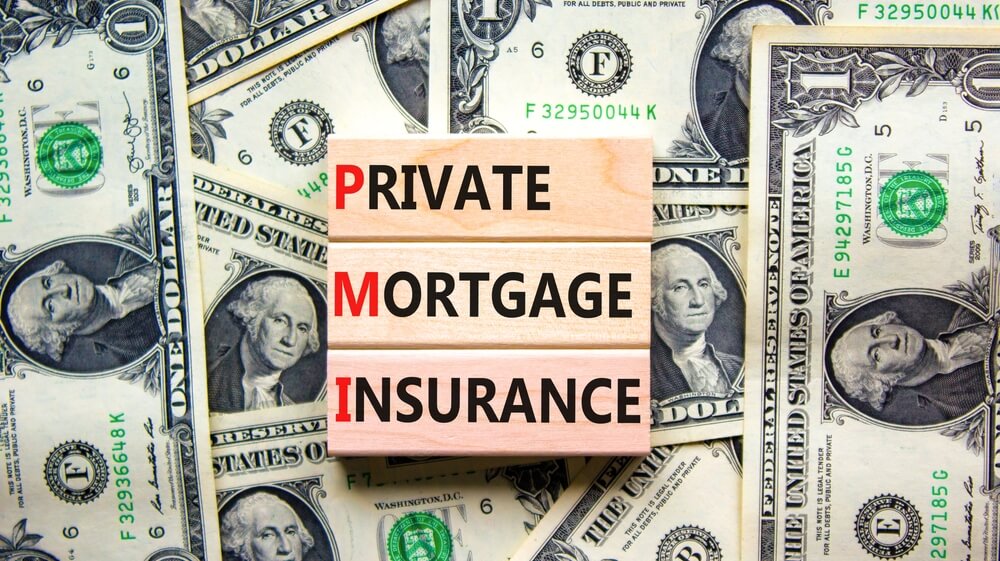Private Mortgage Insurance (PMI) is a term you’ll likely encounter if you’re in the market for a home loan, especially if you’re considering a down payment of less than 20%. While PMI might seem like an added expense, understanding its purpose and how it works is crucial for making informed decisions about your mortgage. In this guide, we’ll delve into the ins and outs of PMI, providing you with the knowledge you need to navigate the homebuying process with confidence.
What is PMI?
PMI, or Private Mortgage Insurance, is a type of insurance that lenders require from homebuyers who make a down payment of less than 20% on their home purchase. Its primary purpose is to protect the lender in case the borrower defaults on the loan. Essentially, PMI acts as a safety net for lenders, providing them with financial protection if the borrower is unable to repay the mortgage.
How Does PMI Work?
When you make a down payment of less than 20% of the home’s purchase price, the lender views the loan as riskier due to the higher loan-to-value ratio (LTV). To mitigate this risk, the lender requires the borrower to purchase PMI. The cost of PMI is typically added to the borrower’s monthly mortgage payment, making homeownership more accessible for those who may not have sufficient funds for a large down payment.
Who Needs PMI?
PMI is generally required for conventional loans when the down payment is less than 20% of the home’s purchase price. However, it’s important to note that other types of loans, such as FHA loans and USDA loans, have their own insurance requirements. VA loans, on the other hand, do not require PMI, as they are guaranteed by the Department of Veterans Affairs.
How Much Does PMI Cost?
The cost of PMI varies depending on factors such as the loan amount, down payment amount, credit score, and loan term. Typically, PMI costs between 0.3% and 1.5% of the original loan amount per year. The exact amount is determined by the lender and is based on the level of risk associated with the loan. It’s important to factor in the cost of PMI when budgeting for your monthly mortgage payment.
How to Get Rid of PMI
While PMI adds to the cost of homeownership, the good news is that it’s not permanent. Once your loan balance reaches 80% of the home’s original appraised value, you have the option to request the cancellation of PMI. This can be achieved through a combination of paying down the principal balance of your mortgage and appreciation of the home’s value over time. Alternatively, if your loan balance reaches 78% of the home’s original value, PMI will automatically be terminated.
Benefits of PMI
While PMI may seem like an additional expense, it can provide several benefits for homebuyers. First and foremost, PMI allows borrowers to purchase a home with a smaller down payment, making homeownership more accessible for those who may not have significant savings. Additionally, PMI can help borrowers qualify for a mortgage with a lower credit score, as it provides added security for the lender.
In conclusion, understanding PMI is essential for anyone considering a home purchase with a down payment of less than 20%. While PMI adds to the cost of homeownership, it serves an important purpose in allowing borrowers to secure a mortgage with a smaller down payment. By knowing how PMI works, its costs, and how to get rid of it, you can make informed decisions about your mortgage and embark on your homeownership journey with confidence.
